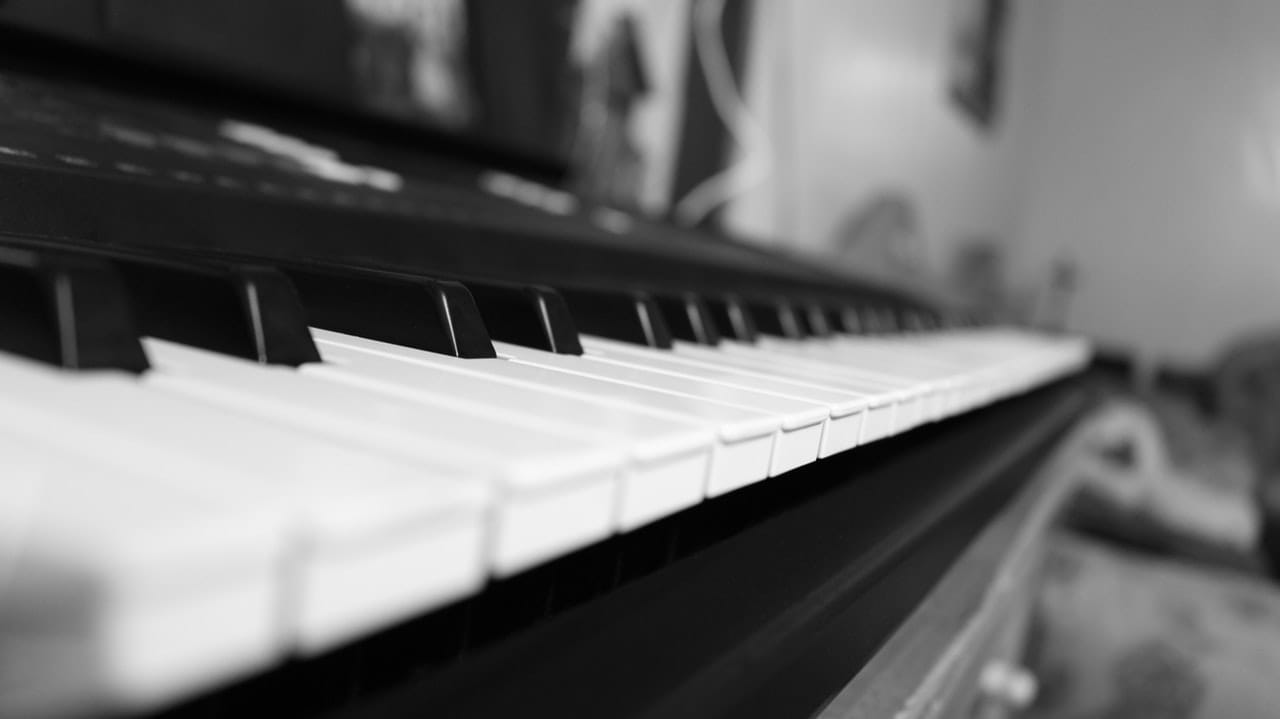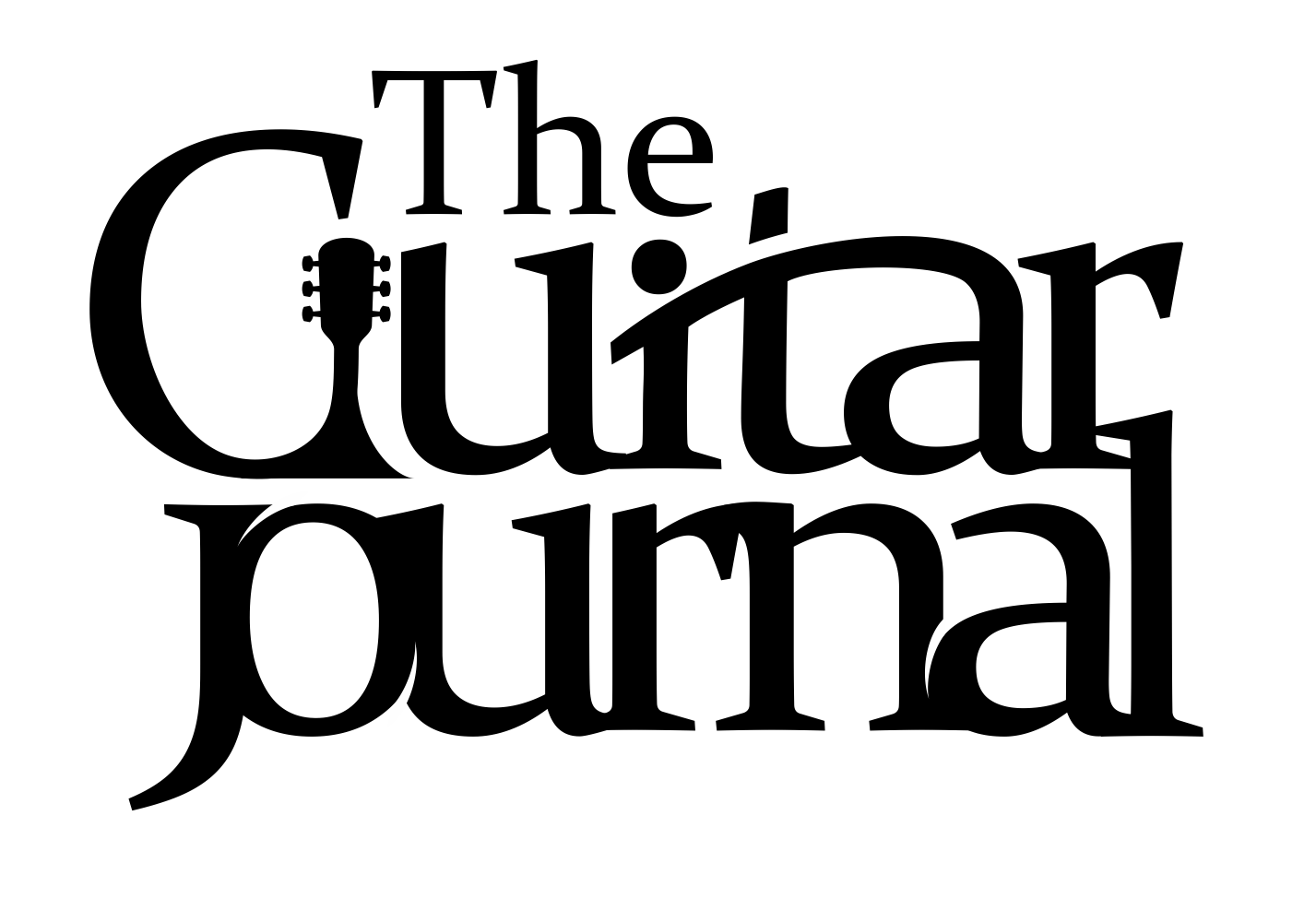How To Use A Guitar Capo...In 97 Seconds
Wondering how to use a guitar capo? Let's take a quick look at what a capo is, why it's important, and how to use it.
What is a Guitar Capo?
A guitar capo is essentially a clamp for the guitar neck, which depresses all (or some) of the strings at a given fret. The guitar capo is usually just called a “capo”, short for capo d’astro (Italian) - “the head of the fretboard”.
The main advantage of a capo is that it shortens the playable length of the guitar string, raising the “open” tuning of the guitar. The result is that the player can now use normal “open” chord shapes in a new key, yielding the big, beautiful, resonant sounding chords that we're used to in standard open position.
Why Use a Capo?
Basically…because they make chords sound better. And they make life easier. Especially on acoustic guitars. And, truly, capos are used mostly on acoustic guitars. That’s for two reasons:
- Capos allow you to play open chords in different keys on the neck then normal. The sonic benefit of this - bigger sounding chords, ringing pedal tones, creative voicings, the overtones and resonance - is most beneficial on acoustic guitar.
- The ability to finger big open chord positions is more difficult on an acoustic than an electric due to the higher action and thicker strings (usually). So the physical benefit to the guitar player is greatest on an acoustic guitar.
For example, playing a full B Major barre chord at the 7th position is fine on an electric, but can be tiring on an acoustic. Much better just to put the capo at the 5th fret and play the shape of a regular “E Major” chord, right?
How Do Capos Work?

As stated, a guitar capo is a clamp that is place on the neck of the guitar. Almost all capos cover all strings at a given fret when they’re applied. And they can be moved to any fret desired (until you run into the body of the guitar up past the 12th fret).
When you apply the capo and strum the open strings, you’re no longer strumming E - A - D - G - B - E as in normal standard tuning. You’re strumming the note values at the new fret where you place the capo.
For example, if you place it at the 5th fret, the open strings are now A - D - G - C - E - A.
This is the reason for the name: capo d’astro. You’ve artificially moved the “head of the fretboard” up to a new position.
What Chords Do I Play?
The trick to using a guitar capo is picturing your open chords (G, C, E, D, A) as shapes instead of unique chords with a set value. You’ve probably done this already - you keep your fingers in the open “G” chord shape, but move it up the neck to, say…the 7th fret. What does it sound like? Probably not that good. The notes that you’re fretting sound fine, but the open strings in the middle are now the wrong open strings (unless you're messing with alternate tunings, but nevermind that for now).
This is where the capo comes in. If you move that “G” chord shape up to the 7th fret, and apply the capo where the nut of the guitar WOULD have been in your original position, voila! You’ve reproduced the entire “G” shape at the 7th fret. Its sounds amazing.
But what is that chords name, now? It looks like a G, but it sounds like a concert pitch B. That is to say, it would be the same as a B chord on a piano.
How Do You Figure Out What The New Chord Actually Is?

You need to know a tiny bit of theory, and a bit about the fretboard.
- The Theory: The building blocks Western music are semi-tones. A semi-tone is essentially one key on the piano. If you move to the right or left on the piano, to the closest white or black key, you’ve moved one semi-tone. And the next key is one more. Chords and scales are created by choosing to play certain semi-tones at specific intervals, and skipping the ones in between.
- The Fretboard: Each fret on your guitar equals one semi-tone. Going up one fret on a string is like moving to the next key on the piano.
What does this mean? It means that in order to get the new value of your capo-ed chord you have to count how many semi-tones you’ve moved the capo up the neck.
Example:
If you put the capo at the 5th fret, you can still play an “E” shape there. But since you’ve moved the capo up 5 frets (semi-tones) from normal open position, the value of the “E” shape has moved up 5 semi-tones as well. You can do this in your head, or you can sit at a piano for a second and just plunk it out. E… F….F#….G…G#….A! The E shape at the 5th fret is 5 semi-tones up from E, it’s an A chord.
Once you’ve worked out this logic for a given key, it becomes intuitive to transpose entire songs. If you’re going to start with one key, I would work on moving the chords shapes in the key of “G” around (G, C, D, Em). There’s a ton of folk and country tunes that use these chord shapes to create a cool sound.
.
Note: Capos Are Not Cheating

There’s a school of thought, particularly from a jazz backbround, that capos are cheating. This line of thinking says, You should be able to play in any key, anywhere on the neck, at any time.
But this isn’t true. Well, at least it isn’t true outside of jazz.
Sure, in jazz a single song may go through a half dozen keys (I’m looking at you, Giant Steps), so capos don’t make sense. But in many other styles, capos are simply another tool of the trade to make excellent sounding music. And in certain styles, especially folk and country, capos are neccessary to capturing the unique “sound” of the genre.
Recommended Capo:

The Shubb Deluxe Series GC-30 is your best bet. It's only a few dollars (approx. $15) more than the spring-loaded competition, but it gives you better intonation by evenly applying pressure to all the strings.
Watch Video Lessons:
Let Trace Bundy help you have fun with capos. His video lesson series will help you see and hear how it all works.
A Nice Song Example:
Check out If I Had A Boat by Lyle Lovett. He puts the capo up at the 9th fret, and uses "G" shape chords to play this pretty song in the key of E.
...Why 97 seconds?
Because it was how long it took me to read through this article when publishing it : )
